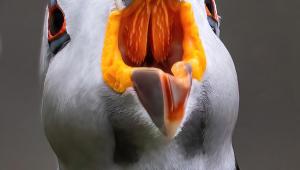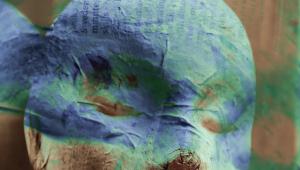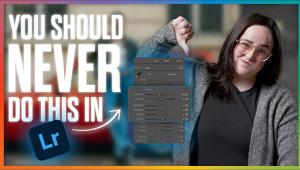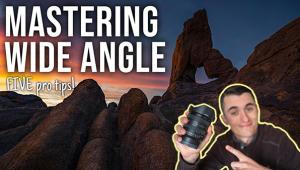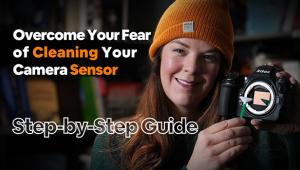Bryan F. Peterson Page 2
JM: Is that to say there is always only one creatively correct exposure?
BFP: Oh no, usually there are two. It all depends upon what effect you are after and what is most important to you.
JM: Why do you think so many people struggle with these concepts?
BFP: They get a camera and are trained into thinking that this camera gives them the proper exposure. Also, cameras now have a confusing plethora of options when it comes to aperture. We no longer speak of whole stops; we now have third stops. Truth be told, if I shot an image at one f/stop and you shot it at a third under, it would take a high-contrast image to see the difference.
JM: Many compact digital cameras have f/8 as their largest f/number. Does this mean these cameras cannot get as extensive depth of field as cameras with f/22?
BFP: They can get more! F/8 is really the equivalent of f/32 on a larger camera.
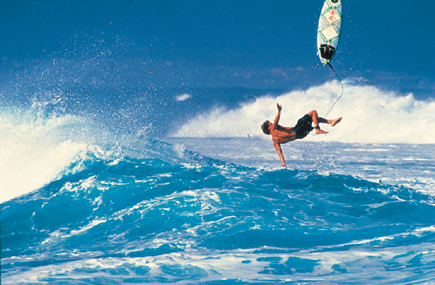 |
|
|
JM: That's a nice advantage. Is there a downside?
BFP: Yes. On a digital point-and-shoot f/4 is more like f/11.
This means that photographers are going to have a harder time isolating a subject
such as a flower, causing the flower to be in sharp focus while the background
goes blurry.
JM: Sometimes people talk about using a depth of field scale
on the lens. I don't see this scale on my lens. Am I missing something?
BFP: You can thank the camera manufacturers for doing this
disservice for you. You'll be hard-pressed to find a camera today with
a depth of field scale on the lens. Some cameras now have an auto depth of field
function that essentially replaces the depth of field scale. The drawback with
this feature is that it does not work in the Manual exposure mode. It only works
in Aperture Priority. But then, many SLRs have a depth of field preview function,
which allows you to get a visual preview of what affect the aperture setting
will have on depth of field.
JM: Do you only work in the Manual exposure mode?
BFP: No. In fact in the last year, after 33 years of working
exclusively in the Manual exposure mode, I am beginning to embrace Aperture
Priority. And, in a backdoor way, I am also able to get the shutter speed I
want since I can choose the appropriate aperture for those times when I want
to freeze motion. I've never used Shutter Priority. I know that some sports
photographers and others may use Shutter Priority, but I don't do that,
even when shooting a football game.
JM: How do you feel about relying on Program exposure modes?
BFP: It's not my job to tell someone it's wrong.
But most people who shoot mainly in the Program mode feel frustrated at the
lack of consistency. Until they read the first lesson (in my course) and learn
how to set exposure manually, they are frustrated with their inability to duplicate
consistent, creatively correct results.
JM: Have you ever missed a shot while calculating the most
creatively correct exposure?
BFP: Oh, I am sure I have but I can't think of anything
so memorable that, to this day, I am still lamenting the "loss"
of that one shot since I didn't have the exposure set in time.
JM: When you're going for a creative, blurred motion
photo, how many exposures does it take to get a good result? Do you ever get
it in one take?
BFP: Sometimes you nail it in the first couple of frames but,
man, is that ever rare. More often than not I shoot upward of 30-40 shots to
get the one keeper. And, I have to tell you, if there is ever a time to embrace
digital, this is it.
JM: To wrap it up, can you give us one common question you
hear most often from students in your "Understanding Exposure" course
at BetterPhoto.com?
BFP: Oh yeah, in fact I have been hearing it for years. And
it goes like this: "Hey Bryan, what should my exposure be?" My answer
is always the same, "It should be the creatively correct exposure."
Then I ask them the more important question: "What is in this scene that
you want to exploit--depth of field or motion?" Once they have determined
the answer to this question, I am in a much better position to help them. Bottom
line: Digital and film are exactly the same, just wearing different clothes.
The essential principles surrounding aperture, speed, and ISO still apply and
they are, in fact, fairly easy to work with, once you know a few simple tricks.
- Log in or register to post comments






